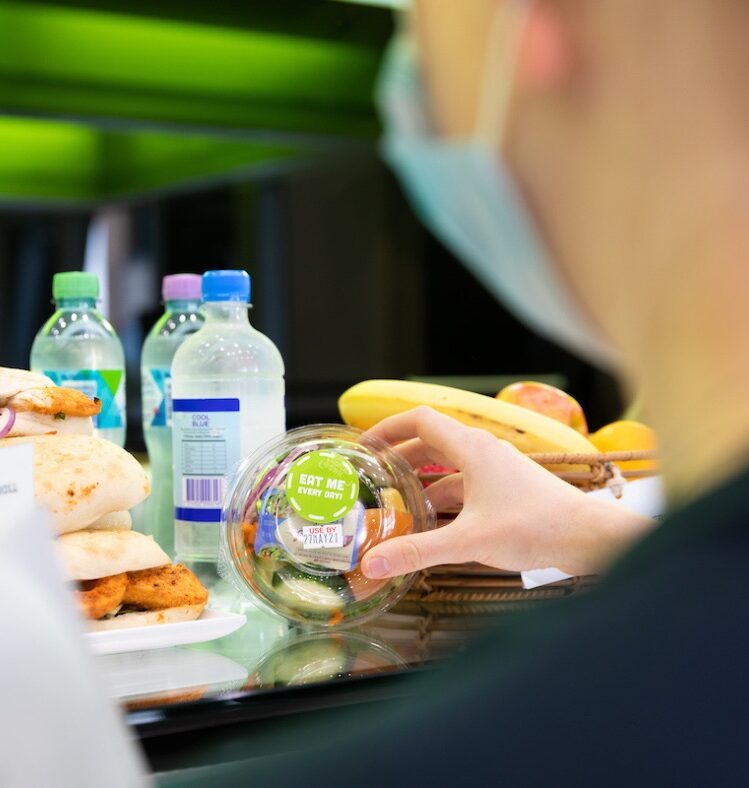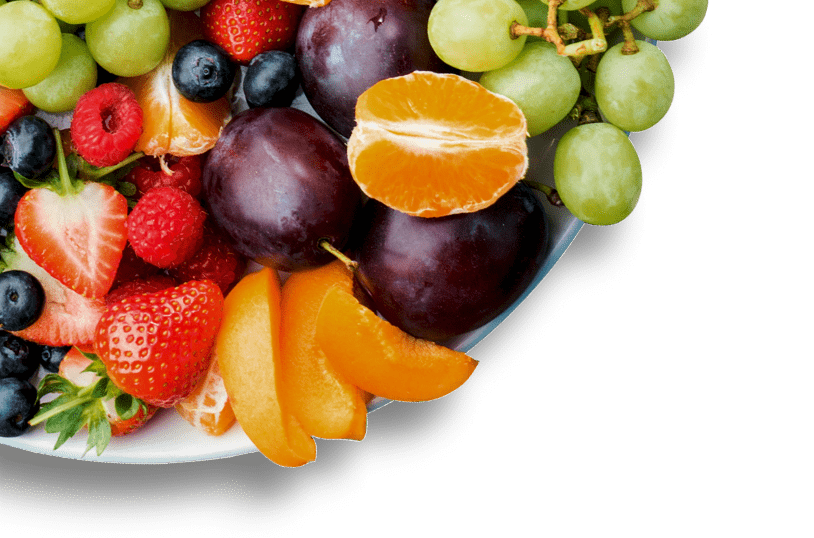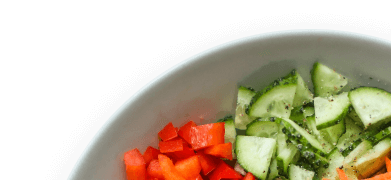Healthy choices: policy guidelines for hospitals and health services
The Victorian Government’s Healthy Choices guidelines help ensure that healthy foods and drinks are offered and promoted in hospitals and health services.

Why you need to know these guidelines?
As public facilities with a high profile in the community, hospitals and health services play an essential leadership role in helping the health workforce and visitors make healthier choices. By implementing the Healthy Choices policy, hospitals and health services can contribute to the organisation’s aim of caring for the health of Victorians.
The guidelines in a snapshot
The policy guidelines outline all of the steps needed to provide healthier food and drinks for employees and visitors in hospital and health services. The include:
-
Understanding the Healthy Choices framework and it’s benefits for hospitals and health services
-
Understanding the food and drink standards including the traffic light classification
-
The five steps to implementation
-
Using the healthy eating and food service and/or agreement templates
-
A range of resources and support to help you
The policy guidelines will
Following the policy guidelines will support the implementation of Healthy Choices in hospitals and health services in Victoria by assisting:
- On-site food and drink retail outlets, vending machines and catering
- Organisational policy
- Tenders, contracts and leases with food and drink suppliers and retailers
The intent is to encourage healthy eating for staff, volunteers and visitors by increasing the availability and promotion of healthier food and drink choices and reducing the availability and promotion of less healthy choices.
Hospitals and health services must meet key requirements for ensuring that healthier foods and drinks are available and promoted to staff, volunteers, visitors and customers.
Who is this policy for?
These guidelines are for anyone involved in implementing healthy eating policy and making changes to provide healthier foods and drinks in hospitals and health services.
- health promotion officers and occupational health and safety officers
- retail food service managers and staff
- food and drink manufacturers and distributors
- caterers
- contract and procurement managers
- employers
- volunteer coordinators
- Organisations registered with the Achievement Program can use these guidelines to work towards meeting the requirements of the healthy eating benchmarks.
What are the Healthy Choices food and drink standards
-
Foods and drinks provided in retail outlets and vending machines.
Healthy options are offered and encouraged in line with the Healthy choices: food and drink classification guide:
• At least 50 per cent of foods and drinks available are GREEN
• No more than 20 per cent of foods and drinks available are RED -
Catering provided by the organisation at meetings and events
Healthy options are offered and encouraged in line with the Healthy choices: healthy eating policy and catering guide for workplaces
• The majority of foods and drinks provided are GREEN
• AMBER foods and drinks are provided in small quantities only.
• No RED foods and drinks are provided.External user groups providing catering (for example, pharmaceutical representatives) should ensure catering provided complies with this standard
-
Food and drink advertising, promotion and display
Healthy options are offered and encouraged in line with the Healthy choices: healthy eating policy and catering guide for workplaces:
• GREEN foods and drinks are actively advertised and promoted and prominently displayed.
• AMBER foods and drinks may be advertised and promoted, but not at the expense of GREEN choices.
• RED foods and drinks are not advertised or promoted, or displayed in prominent areas.In addition
• The organisation’s logo is not used alongside RED foods and drinks and associated brands.
• RED foods and drinks are not included in meal or point of sale promotions, for example meal deals, two-for-one deals, upsizing or supersizing.
• RED foods and drinks are provided in the smallest size available. -
Water
Clean and safe tap water is always available free of charge (for example, from water bubblers and/or food outlets) in high traffic areas
The benefits of implementing Healthy Choices
Benefits for your organisation
By applying healthy choices you will find a range of benefits to your centre including:
- reinforce their business function to keep Victorians well and healthy
- demonstrate leadership by contributing to the broader effort to reduce the burden of preventable, diet-related chronic disease
- enhance their involvement in other health promotion activities (such as the Healthy choices: policy directive and guidelines for health services, the World Health Organisation Health Promoting Hospitals initiative or the Achievement Program)
- strengthen practise in accreditation and other quality assurance processes (for example National Safety and Quality Health Service Standards or the EQuIPNational program)
Benefits for employees and volunteers
Employee employee engagement, satisfaction and productivity can improve as well as an increase in employee retention and reduced absenteeism
Benefits for visitors
Having healthier food and drink options for visitors will increase their energy and reduce their likeliness of becoming sick
Where do healthy choices apply?
Healthy choices is relevant for all hospitals and health services such as:
- community health centres
- aged care services
- Aboriginal Community Controlled Health Services
- rehabilitation services
- integrated care centres
- dental health services
- mental health services
- family centres
Healthy Choices applies in any situation where foods or drinks are sold or provided to staff, volunteers and visitors.
- food and drink retail outlets such as cafeterias, cafes, coffee shops, kiosks (including mobile food kiosks and auxiliary outlets) and coffee carts
- retail outlets that mainly sell foods and drinks (such as convenience stores)
- patient or resident menus that staff and visitors can purchase from
- vending machines
- catering provided by the organisation for meetings, functions and events (such as workshops, conferences, community events, launches, celebrations and ceremonies) and client or community education or training programs
- catering provided in the facility by external user groups.
- fundraising activities
- rewards, incentives, gifts, prizes and giveaways
- advertising, promotion and sponsorship.
The guidelines do not apply to: foods and drinks brought home by staff, inpatient food services and Meals on Wheels.
FoodChecker
FoodChecker is our free online tool to identify GREEN, AMBER and RED food and drinks according to the Healthy choices classification guide. Save time by entering your food and drink items to get an instant report.
Visit FoodChecker
Written and reviewed by dietitians and nutritionists at National Nutrition Foundation, with support from the Victorian Government.

Resources referencing this guideline



Unsure what guidelines apply to you?
Our goal is to empower organisations through expert, innovative and evidence-informed nutrition and healthy eating support.
Register your interest
"*" indicates required fields






